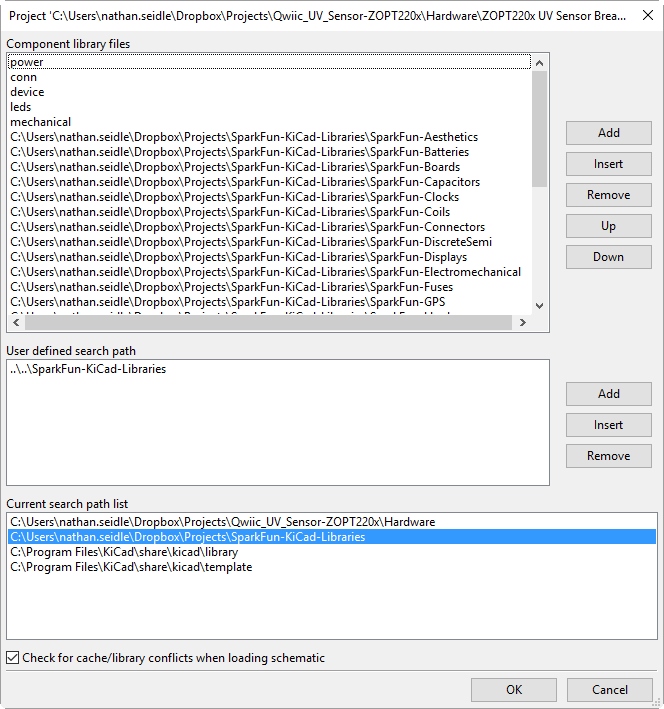

Epoxy is needle-dispensed along the edges of each chip and is drawn into the under-chip space by capillary action. Step 3: Epoxy underfillĪn epoxy underfilled is required to compensate for any thermal expansion difference between the chip and substrate. Solder flux is also applied to remove oxides and ensure perfect wetting. It ensures an electrical path with lesser impedance and lesser inductance. The balls are slightly melted and reflowed until their bottom flattens a bit to form the connection with substrate. The bumped die is then passed through a hot air reflow oven. The chip is flipped over, and metal bumps perfectly align over the substrate with corresponding pads (interconnection points). Now solder is deposited over the chip through various methods (electroplating, evaporation, needle depositing, etc.), followed by etching and reflowing the bump till it attains the shape of a ball. This layer hermetically seals the aluminum pad against oxidation and prevents metal diffusion from soldered bumps into the IC package. The process is called Under Bump Utilization (UBM). The connection pad (chip front side) is coated with a metallic layer before adding soldered bumps. Flip Chip BGA Process Step 1: Bumping the Die However, in the case of wire bonding, connections are performed in sequence. The chip with metal bumps is flipped and processed through an oven- marking all connections simultaneously. The best part is that the bonding can happen with the motherboard without requiring a substrate.Ī flip chip package offers many I/O connections within a small chip area. It shortens the path by a form factor of 25 to 100. All these scenarios cease to exist in flip chips as the active area of the chip is flipped over and soldered directly to the lead frame, as in Flip Chip BGAs. They also add resistance that significantly affects efficiency and power density, further worsening the EMI emissions. Bond paths add inductance to the path and create EMI emissions. The die is attached to the substrate through a wire bond in a typical BGA package. Flip chip BGAs feature reduced board size, less height, lesser weight, greater I/O flexibility, and improved performance than typical BGA package designs. Nowadays, most computing microprocessors we see- laptops, desktops, or servers – are flip chip bonded. Initially, they were used for peripheral packages but quickly progressed into area arrays. IBM introduced flip chips in 1962 to achieve more connections in ceramic substrates. Flip chips are the most sophisticated BGA (Ball Grid Arrays) packages that eliminate the need for the typical bond wire required to connect the silicon diode with the lead frame.


 0 kommentar(er)
0 kommentar(er)
